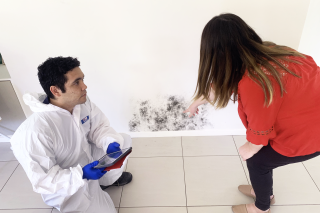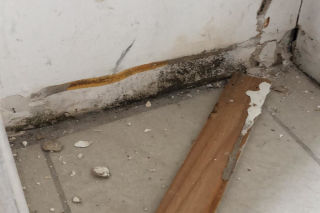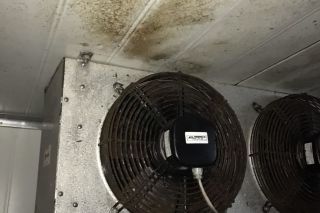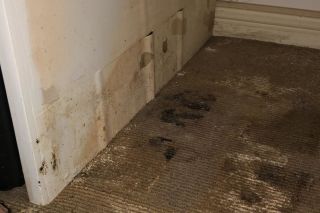How To Stop Mould Coming Back After Removing It
So you have spent considerable time removing the mould in your property, only to find the mould grows back later. You then wonder if there is a secret to removing the mould properly.
Stopping mould from coming back can be simpler than you think. It all comes down to moisture control.
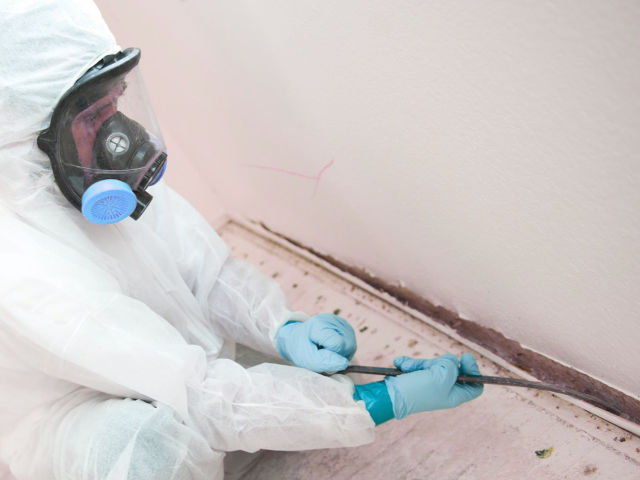
Basically, you should solve all moisture problems before they become mould issues.
This is so crucially important, if the moisture problem has not been dealt with, the mould could still grow back even after remediation of the property.
With this in mind think about some of the practical things you can do to remove excess moisture in your home. Below are some examples:
- Fix leaks
- Watch for condensation on windows or in the bathroom
- Prevent condensation by insulating or increasing air circulation
- Vent clothes dryers in the home to the outside. Try to keep the relative humidity below 60%
- Remove moisture and damp spots by drying and cleaning
- Don’t let foundations stay wet. Install proper drainage underneath the home.
Remediation Of The Mould
Now obviously if the mould has not been remediated properly in the first instance, you should revise your process by following the IICRC standard S520. You can purchase a copy of the standard on the IICRC website. If the IICRC is a bit too much to stomach, then a good guideline to follow is the Australian Mould Guideline.
Professional
The other option is to get a professional to advise on the remediation or possibly have them do the entire remediation for you. You need to make sure the professional is qualified through the IICRC and has several years of experience in remediation. If you are in Brisbane, Australia, we can help you with this. I must stress you should find an operator with several years of experience in dealing with mould as a specialty. They should have proven references, licences and insurances.
Conclusion
A key step in stopping mould from coming back after remediation comes down to removing the source (the moisture). Then following relevant standards to remove the mould properly. This can be done by purchasing the above standards or engaging an IICRC qualified professional.
